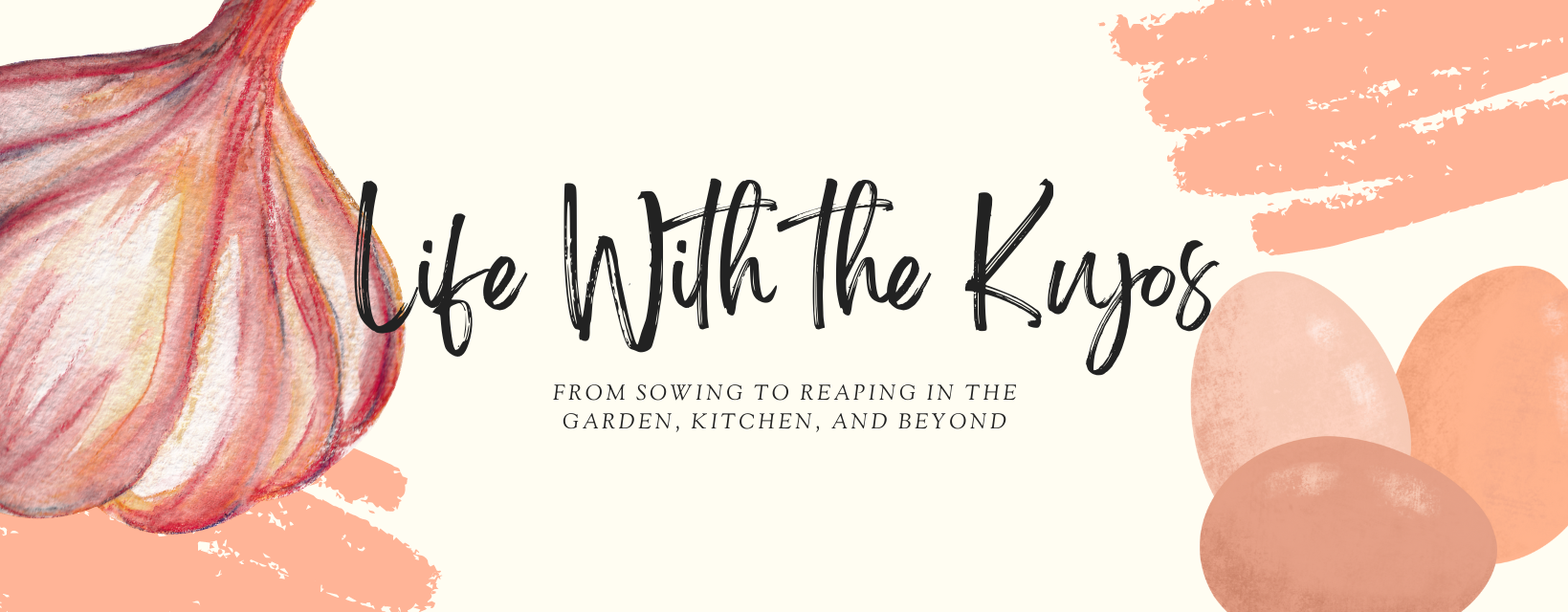
There’s something magical about sourdough bread. The chewy crust, the tangy flavor, the sense of accomplishment when you pull that golden loaf from the oven—it’s pure joy. But let’s talk about the unsung hero of sourdough: the starter. This little jar of flour and water is like having a tiny, bubbly pet that feeds you in return.
Yes, sourdough starters are alive (don’t panic). They’re a mix of wild yeast and bacteria that work together to make your bread rise. And guess what? Starting your own sourdough starter at home is ridiculously simple. You don’t need fancy ingredients, special equipment, or mystical bread powers. Just a jar, some flour, and water.
Let’s dive into how to make your very own starter—and why you’ll love having this floury friend in your kitchen.
Step 1: The Ingredients (Spoiler: It’s Just Two Things)
Here’s the beauty of sourdough: the starter only needs flour and water. That’s it! No fancy yeast packets, no secret ingredients. You’re harnessing the wild yeast already floating around in your kitchen air. (I know, it sounds a little crazy, but trust the process.)
- Use unbleached, all-purpose flour or whole wheat flour for the best results. Whole wheat flour kickstarts the process faster, but any flour will do.
- Use filtered or dechlorinated water if possible. Chlorine in tap water can mess with the wild yeast party.
Step 2: Day 1 – The Birth of Your Starter
- Grab a clean glass jar or container with a loose-fitting lid (or cover it with a breathable cloth and rubber band).
- Mix ½ cup flour and ¼ cup water in the jar. Stir until it looks like thick pancake batter.
- Scrape down the sides of the jar, cover it loosely, and leave it in a cozy spot in your kitchen—around 70-75°F is ideal.
- Now wait. Your starter needs some time to wake up, stretch, and start bubbling.
Pro Tip: Use a rubber band around the jar to mark the starter’s level so you can see when it starts growing.
Step 3: Days 2-3 – Feed Me, Seymour!
By Day 2, you might notice a few bubbles forming. (If not, don’t worry—it’s still waking up!) Your starter is hungry, so it’s time for its first meal.
- Discard half of the starter (about ¼ cup). This keeps the yeast population manageable and prevents overflow.
- Add ½ cup flour and ¼ cup water to the jar. Stir, scrape down the sides, and cover again.
- Repeat this feeding every 24 hours.
By Day 3, your starter should smell tangy or slightly sweet. You might even see more bubbles. That’s the yeast getting active and happy!
Step 4: Days 4-6 – The Bubbling Beauty
Your starter is officially in its teenage phase: bubbly, a little unpredictable, and constantly hungry. Keep feeding it once a day:
- Discard half.
- Add ½ cup flour and ¼ cup water. Stir and cover.
By Day 5 or 6, you should notice your starter doubling in size within a few hours of feeding. It should smell pleasantly tangy, like sourdough bread or yogurt. Congrats! You now have an active sourdough starter, ready to bake bread or share with friends.
Step 5: Keep It Alive
Your starter is officially part of the family now. Name it if you want—I call mine “Doughy McDoughface.”
- If you’re baking often: Feed it daily at room temperature. Read more about that here.
- If you’re taking a break: Pop it in the fridge and feed it once a week. Just pull it out, let it warm up, and feed it when you’re ready to bake again.
Troubleshooting Your Starter
- No bubbles? Be patient! Some starters take up to a week to get bubbly. Switch to whole wheat flour for a boost.
- Smells bad? A healthy starter should smell tangy or fruity. If it smells rotten, start over (it happens!).
- Liquid on top? That’s called “hooch.” It’s harmless but means your starter is hungry. Stir it in or pour it off before feeding.
Why Start a Sourdough Starter?
Because baking sourdough is like a science experiment, art project, and magic trick all rolled into one. Plus, it’s an excuse to bake amazing bread. Imagine your family’s faces when you pull a crusty, golden loaf out of the oven and they realize you made it from scratch (with just flour, water, and patience).
Not to mention, your starter can make more than bread—pancakes, waffles, crackers, pizza dough, you name it. It’s like the gift that keeps on giving.
Final Thoughts: You + Your Starter = A Love Story
Starting a sourdough starter is a journey. You’ll marvel at its bubbly life, occasionally worry it’s not doing well, and ultimately feel proud every time you bake something with it. It’s not just about bread; it’s about creating something alive and delicious from the simplest ingredients.
So, go ahead—start your starter. Give it a name, feed it some flour, and prepare to fall in love with the magic of sourdough. You’ll never look at a loaf of bread the same way again.
Now, excuse me while I go check on Doughy McDoughface. He’s been eyeing that jar of flour all morning. 😊
P.S. Check out some of my favorite recipes; this tried and true honey wheat sandwich bread from Little Spoon Farms is a must have in our pantry! Check out her bagels, soft pretzels, and croutons while you’re there!
